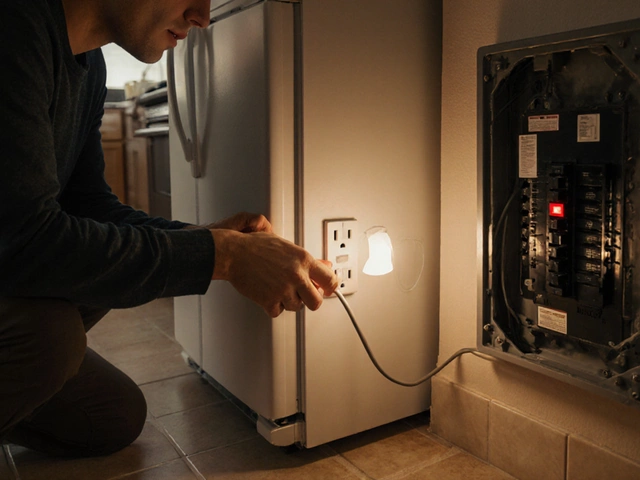How to Flush Your Water Heater and Why It Matters
Ever notice that your hot water takes longer to warm up or feels a bit cloudy? Most of the time it’s just sediment built up inside the tank. Flushing the heater clears that gunk, saves energy, and can extend the unit’s life. You don’t need a pro for a basic flush – a few tools and a little time are enough.
When Should You Flush?
As a rule of thumb, flush the tank once a year. If you have hard water, aim for twice a year. Hard water leaves mineral deposits that speed up the build‑up. You’ll know it’s time when you hear a rumbling noise, see rusty water coming out of the tap, or the heater’s pilot light flickers more often. Mark the date on your calendar after each flush so you stay on schedule.
Step‑by‑Step DIY Flush
What you’ll need: a garden hose, a bucket (optional), a wrench, and a screwdriver. Make sure the heater is turned off – switch off the gas valve or the electric breaker, then let the water cool for a few minutes.
1. Connect the hose. Find the drain valve at the bottom of the tank. Screw the hose onto it and run the other end outside or into a floor drain.
2. Open the drain valve. Turn the valve counter‑clockwise. Water will start flowing out. If it’s slow, open the pressure‑relief valve on top of the tank to let air in and speed up the drain.
3. Let it run. Allow all the water to leave. You’ll hear a change in sound when the sediment loosens and the water gets clearer.
4. Flush with clean water. Keep the hose connected, close the drain valve, and turn the cold‑water supply back on. Let the tank fill and then open the drain valve again for a quick rinse. This pushes any remaining debris out.
5. Finish up. Close the drain valve, remove the hose, and turn the power or gas back on. Wait for the tank to heat up before using hot water again.
That’s it – a fresh, efficient water heater in under an hour.
If you spot a leak while flushing, or the water still looks dirty after a rinse, it might be time to call a professional. Some tanks have larger sediment layers that need specialized cleaning tools.
Regular flushing also helps keep your energy bills down. A clean tank heats water faster, so the heater doesn’t have to work as hard. Over a year, you could save a noticeable amount on your bill.
In summary, flushing your water heater is a simple routine that prevents problems, saves money, and keeps showers hot. Set a reminder, grab a hose, and give your tank a quick clean – your wallet and your plumbing will thank you.






